The Weather vs. Your Roof: What You Need to Know from a Roofer's Perspective
The Weather vs. Your Roof: What You Need to Know from a Roofer's Perspective

Weathering the Storm
Hey there, homeowners! As a seasoned roofer who has weathered many storms (both literally and figuratively), I'm here to spill the beans on how harsh weather can throw a real curveball at your new roof installation. So, buckle up, because we're diving into the nitty-gritty of rain, hail, snow, and those gusty winds that can give your new roof a run for its money.
I. Rain, Rain, Go Away: The Impact of Heavy Rainfall on Your New Roof
The Drip Dilemma
When it comes to heavy rainfall, your new roof is the first line of defense against the elements. Picture this: I once got a call from a homeowner whose roof was playing host to an unexpected indoor waterfall during a downpour. Lesson learned? Heavy rain can wreak havoc on your shingles, gutters, and drainage systems.
Pro Tip: Schedule regular inspections, especially after a good rain, to catch any leaks before they become indoor water features.
II. Hailstorms: Roofing's Ice Age
Cracking the Code on Hail Damage
Ever heard the sound of hail drumming on your new roof? It's like a percussion concert you didn't sign up for. Hailstorms can be brutal, impacting the integrity of your new roofing materials. I vividly remember a homeowner who discovered hail damage the hard way—leaks, leaks, and more leaks.
Pro Tip: Keep an eye out for dents and divots on your new roof after a hailstorm and get them patched up pronto.
III. Snow and Ice: When Winter Weighs In
The Weight of Winter Woes
Living in the mid-Atlantic has its charm, but your new roof might disagree. Snow and ice accumulation can pose serious structural concerns, and trust me, your new roof doesn't want to carry that burden. I've seen cases where ice dams turned cozy attics into icy caves.
Pro Tip: Clear your new roof's gutters regularly to prevent ice dams and ensure proper drainage.
IV. Battling the Wind: A Roofer's Windy Wisdom
When the Wind Blows
Ah, the wind—the sneaky troublemaker that loves to lift shingles and invite wind-driven rain to the party. A well-secured new roof is your best defense. I once helped a homeowner reinforce their roofing elements, turning their home into a fortress against the gusty intruders.
Pro Tip: Invest in quality roofing materials and secure them properly to withstand the winds of change.
V. Signs of Weather Woes: Know Your Roof SOS
The Sherlock Holmes of Roofing
Detective work isn't just for crime scenes; it applies to your new roof too. Water stains on ceilings, missing shingles, and a sagging roof—these are the clues that something's amiss. I've had my fair share of attic inspections, uncovering leaks and assessing the health of your new roof's structure.
Pro Tip: Don't ignore the signs; an early fix can save you from major headaches later on.
VI. DIY Roof TLC: Show Your New Roof Some Love
Maintenance Matters
Regular roof inspections are like giving your new roof a checkup. Sometimes, a simple cleaning of gutters and downspouts can make all the difference. It's like brushing your teeth—simple, but oh-so-effective. One homeowner, after a DIY inspection, was amazed at how clearing debris prevented a potential waterfall in their living room.
Pro Tip: Don't underestimate the power of a little DIY roof TLC.
VII. Investing in Quality: A Roofer's Rant on Materials
Shingles That Stand the Test of Time
Investing in quality roofing materials is like putting your new roof on a vitamin regimen. Sure, it might cost a bit more upfront, but the long-term benefits are worth it. Architectural shingles, in particular, are sturdy and can weather the storm better than their plain counterparts.
Pro Tip: Go for architectural shingles—they're the superheroes of new roofing.
VIII. Metal Roofs: The Game-Changer
From Shingles to Metal: A Review from a Happy Camper
Now, let's talk about a game-changer—metal roofs. I recently had a client, a savvy woman in her 50s, who made the switch from traditional asphalt shingles to a sleek metal roof. Here's what she had to say:
Review: A Metal Marvel
"After years of battling leaks and constant repairs with asphalt shingles, I decided to make the switch to a metal roof. Best. Decision. Ever. Not only does it look sleek, but it's also incredibly durable. Hailstorms and heavy rain? Bring it on. No more sleepless nights worrying about leaks. Plus, the energy savings are a nice bonus. Highly recommend for anyone looking to upgrade their new roof!" Mrs. S. Sanders
Pro Tip: Consider metal roofs for longevity, durability, and a modern aesthetic for your new roof.
IX. The Pros and Cons: To Update or Not to Update?
The REAL Truth: Why You Should (or Shouldn't) Update Your New Roof!
Pros of Architectural Shingles:
- Enhanced durability against harsh weather
- Aesthetic appeal with a three-dimensional look
- Longer lifespan compared to traditional shingles
Pros of Metal Roofs:
- Exceptional durability and longevity
- Energy-efficient, reducing heating and cooling costs
- Modern and sleek aesthetic
Cons of Not Updating Your New Roof:
- Increased risk of leaks and water damage
- Potential for higher energy bills with inefficient roofing
- Decreased curb appeal and property value
Your Roof's BFF
Your new roof is like an unsung hero, shielding you from the elements day in and day out. By understanding how harsh weather can affect it, and taking proactive steps, you can ensure your new roof remains your home's steadfast guardian. Whether you opt for quality shingles or make the leap to a metal roof, the key is to invest in the longevity and resilience of your new home's crown. So, here's to weathering the storms together—your new roof and you!
To explore more ideas give us a call at BulletpROOF Exteriors or fill out our convenient online form.
Find out why we do this every shingle day!
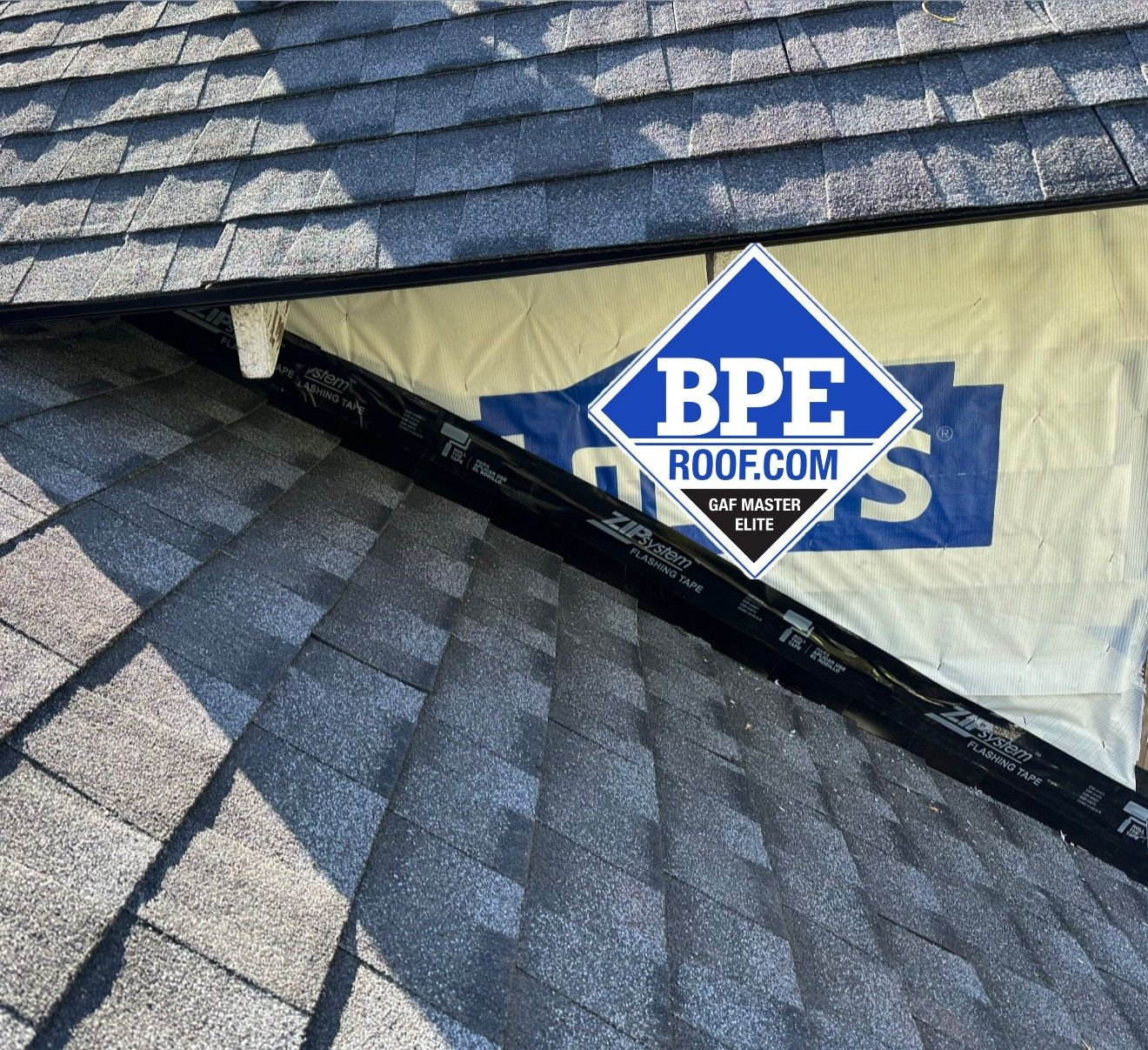
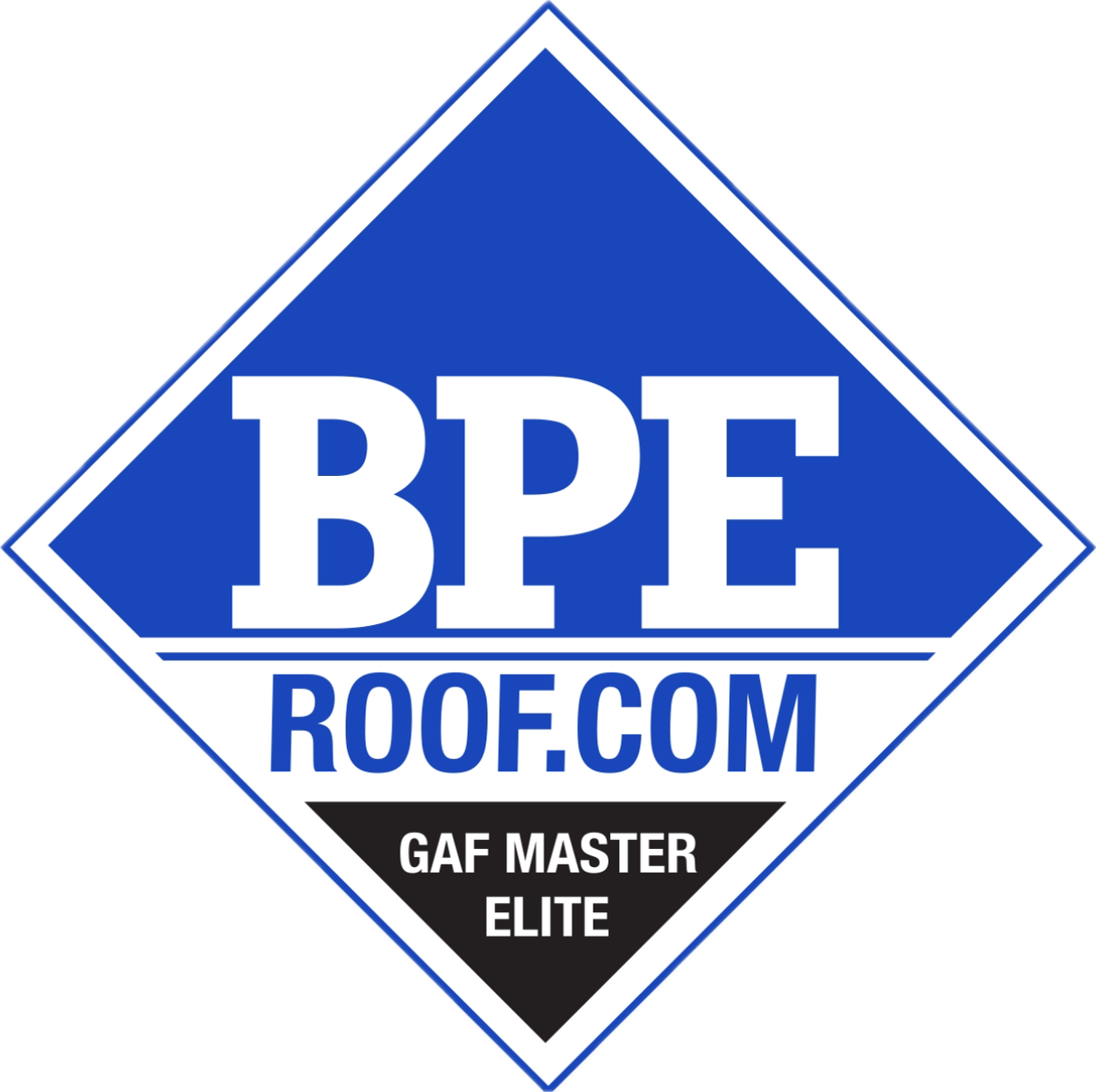

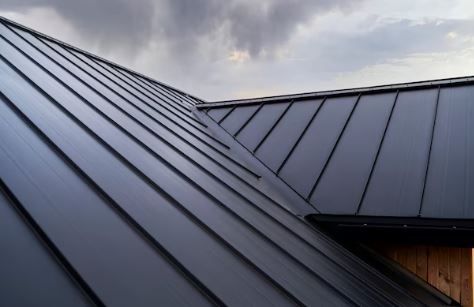
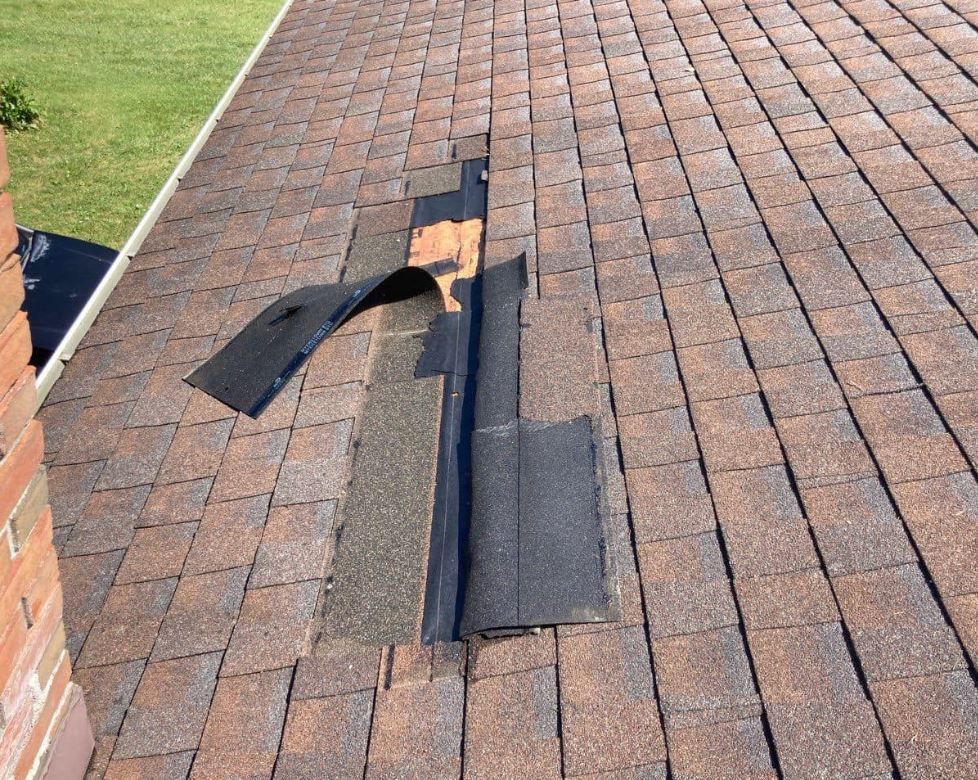
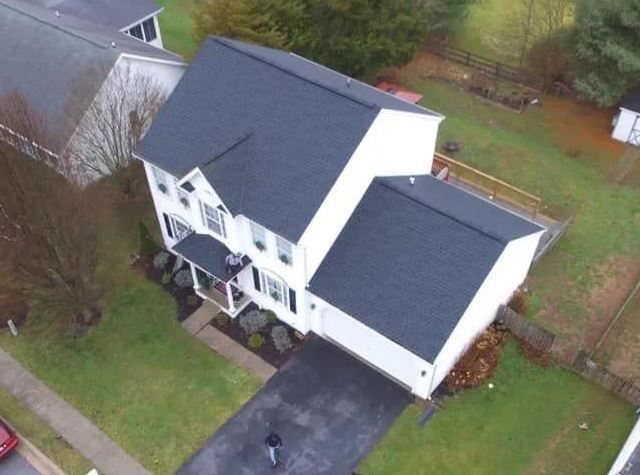


Share On: